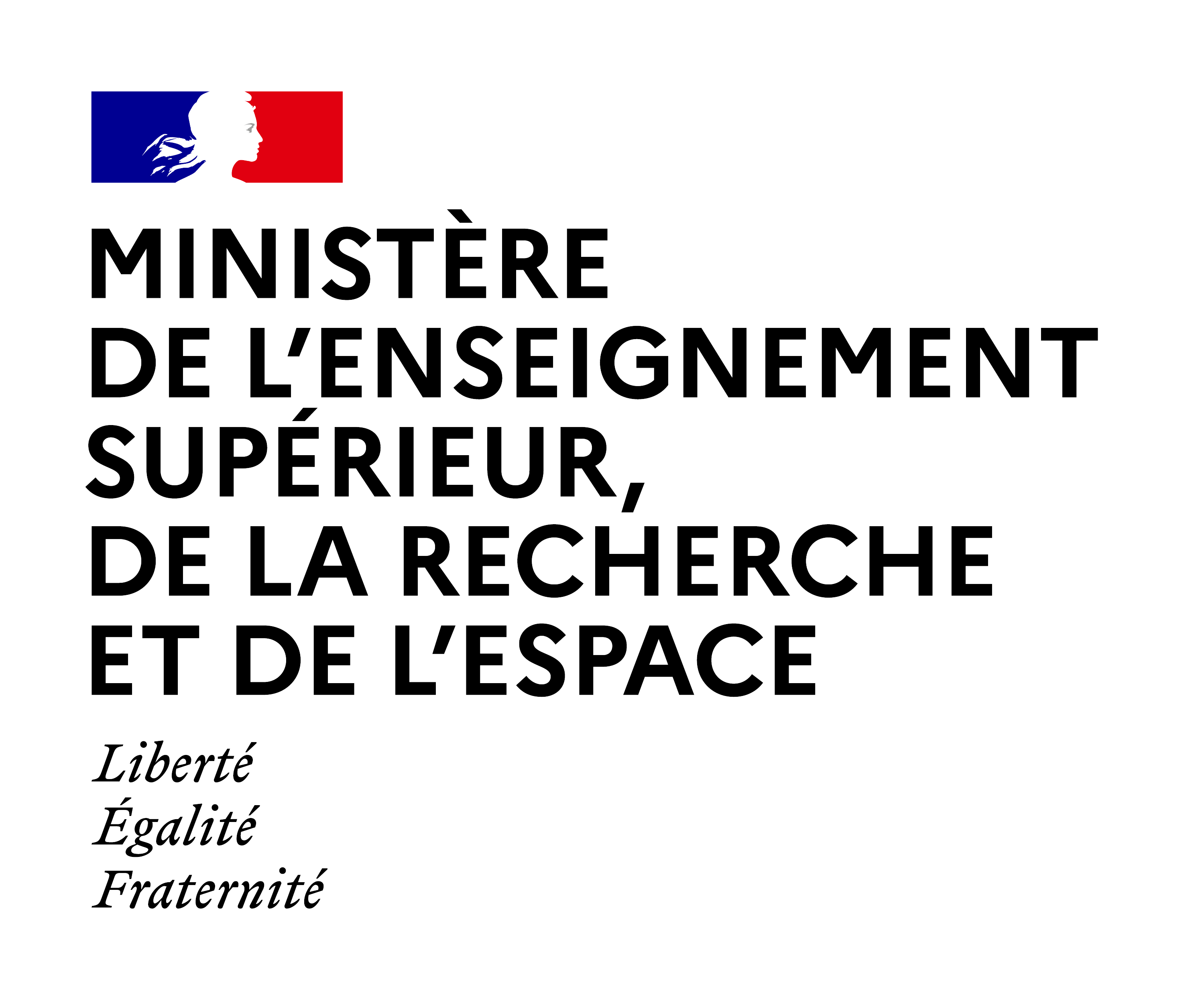Expected Outcome:
A successful proposal will contribute to the following Destination impacts: i) enhance European industrial sustainability, competitiveness and resource independence, and ii) improve on consumer and citizen benefits.
Proposal results are expected to contribute to all of the following outcomes:
- Increased deployment and demonstrated benefits of advanced digital solutions (e.g., through AI, robotics, IoT and blockchain) in circular businesses including waste management and recycling;
- Emergence of new value chains using upcycled and/or recycled resources, e.g. through industrial symbiosis;
- Increased upcycling and recycling rates for the targeted material streams;
- Increased uptake of recycled material and upcycling to new higher-value products;
- Increased resource efficiency along and across value chains, causing a measurable reduction in GHG emissions and other environmental pollution and an increase of carbon removals;
- Increased diffusion of new circular business practices, in particular in the uptake of repair, reuse and remanufacturing, but also practices that form part of the sharing economy.
Scope:
The new circular economy action plan (CEAP) highlights plastics as one of the four particularly important material and product streams with regard to their circularity potential and their environmental footprint. The circularity deficits for these streams are mainly due to the: lack of trust in secondary raw materials; lack of control over supply chains; lacking focus on material efficiency and design for circularity; unsustainable product lifetimes; lack of repair services; price gap between primary and secondary material; lack of secondary material markets; insufficient collection and sorting systems; insufficient and unpredictable input quality for recycling; insufficient information about quality and quantity of materials, including knowledge about possible microplastics pollution and substances of concern, lack of communication along the lifecycle between manufacturers and recyclers; lack of involvement and empowerment of citizens that would allow environmentally informed purchases.
Proposals should address the priorities set in the CEAP. Beside the continuous implementation of the EU plastics strategy, the CEAP has a strong focus on microplastics, but also calls for mandatory recycled content and the controlled use of bio-based, biodegradable plastics and alternative materials.
Proposals should demonstrate and deploy at large scale innovative solutions and designs for increased quality, non-toxicity and durability of secondary materials and increased share of secondary materials in new products. Proposals should demonstrate increased recovery, recycling and upcycling rates and a higher uptake of secondary materials for high value applications. Special attention should be given to the increased circularity of critical raw materials186. Proposals should also demonstrate circular business practices, in particular in the uptake of repair and reuse, remanufacture, product-service-systems, and in the full lifetime of products or services. To achieve this, targeted market size, economic feasibility, cost efficiency and social acceptance need to be addressed. To break down the barriers for this transition, it is important that proposals involve and address the different perspectives of all relevant actors, e.g., manufacturers, retailers, consumers and civil society organisations (CSOs). The projects should consider the use of digital solutions (including technologies such as AI, robotics, IoT and blockchain) and demonstrate their benefits for increased circularity. Proposals should aim to implement traceability solutions in support of recent policy developments, e.g. regarding the digital product passport. Projects should also help produce harmonised and robust methods to assess the amount of recycled content in sectoral products, which is key for a future review of green claims through authorities and consumer organisations. Environmental, social and economic impacts should be assessed from a lifecycle perspective as product, organisation and consumption environmental footprints, using the respective methods developed by the European Commission (Product Environmental Footprint, PEF, should be used for the assessment of the environmental impacts) and through costing methods; relevant data should be fed into the European Platform on Life Cycle Assessment, following the specific Environmental Footprint data and format requirements. The functional performance of technologies and secondary materials can be assessed through the EU Environmental Technology Verification (ETV) scheme. All project results should be validated using quantitative indicators and targets wherever possible.
Projects should also develop training material to endow workers in this occupational group with the right skillset in order to deploy the new technologies developed. Proposals should consider the development of learning resources for the current and future generations of employees, with the possibility to integrate them in existing curricula and modules for undergraduate level and lifelong learning programmes. The projects should provide contributions to relevant standards or best practices.
Proposals should build on ongoing projects funded under Horizon 2020 and Horizon Europe and envisage clustering activities with these. Social innovation is recommended when the solution is at the socio-technical interface and requires social change, new social practices, social ownership or market uptake.
The targeted TRL at the end of the projects is 6 to 8.





